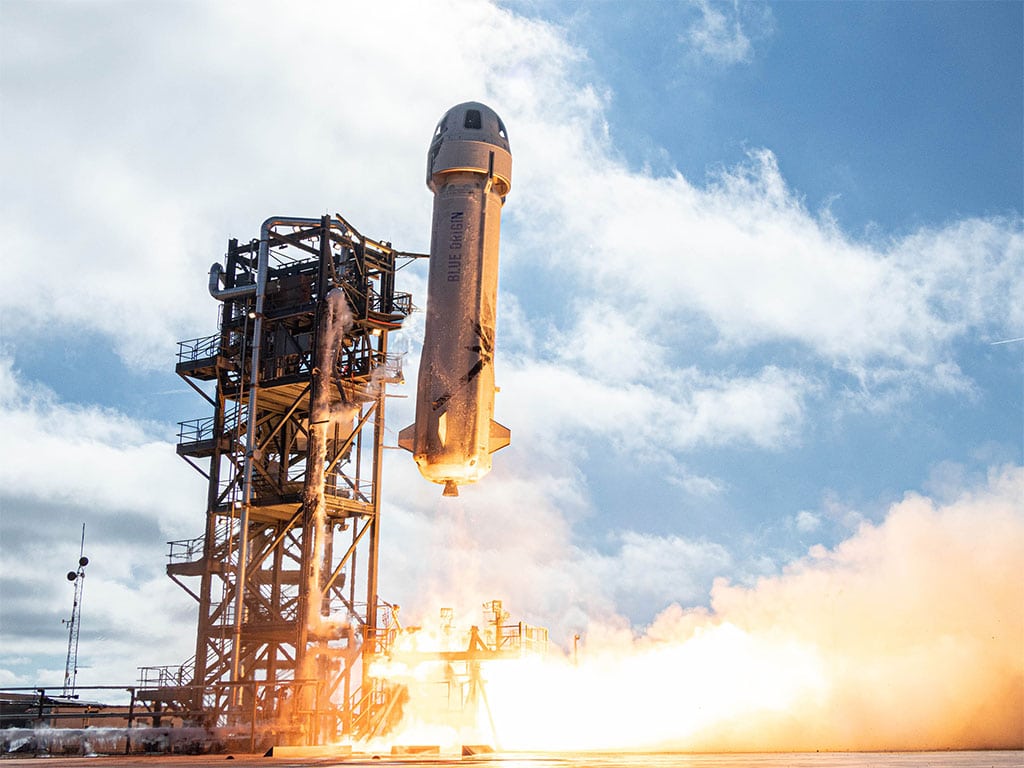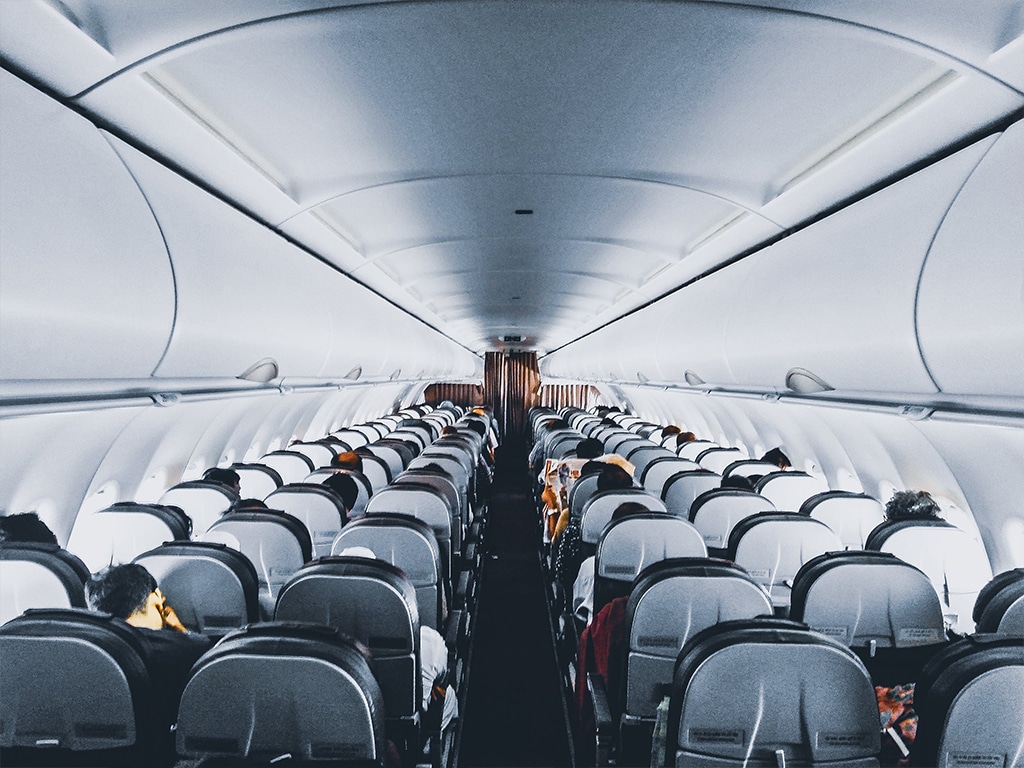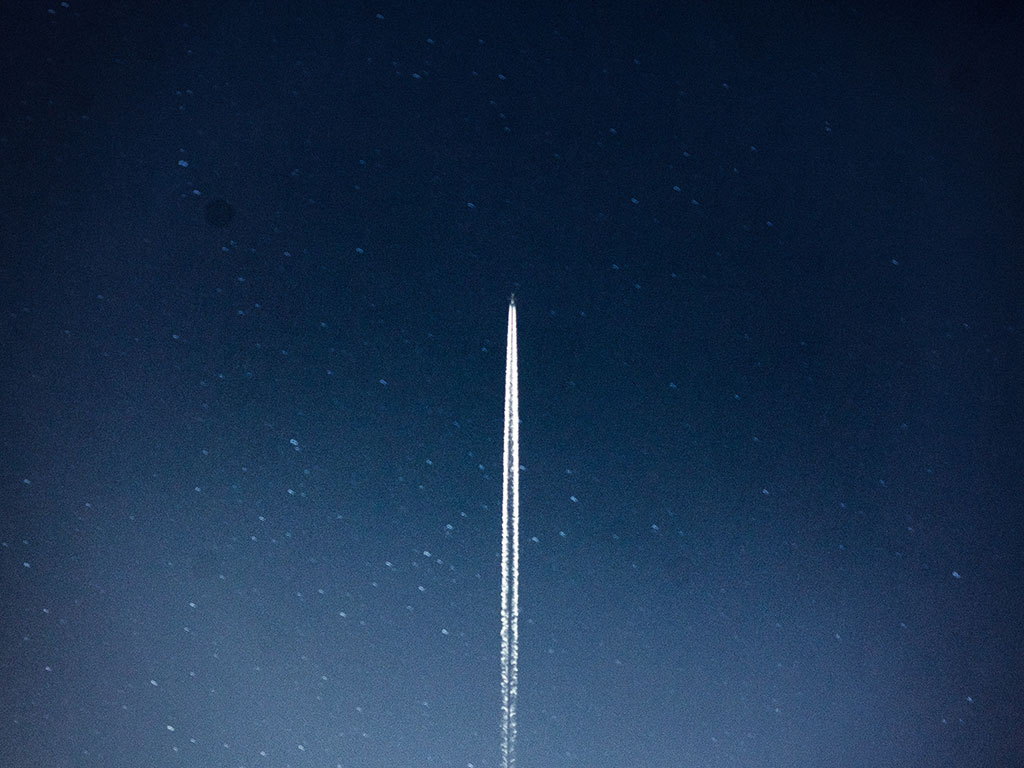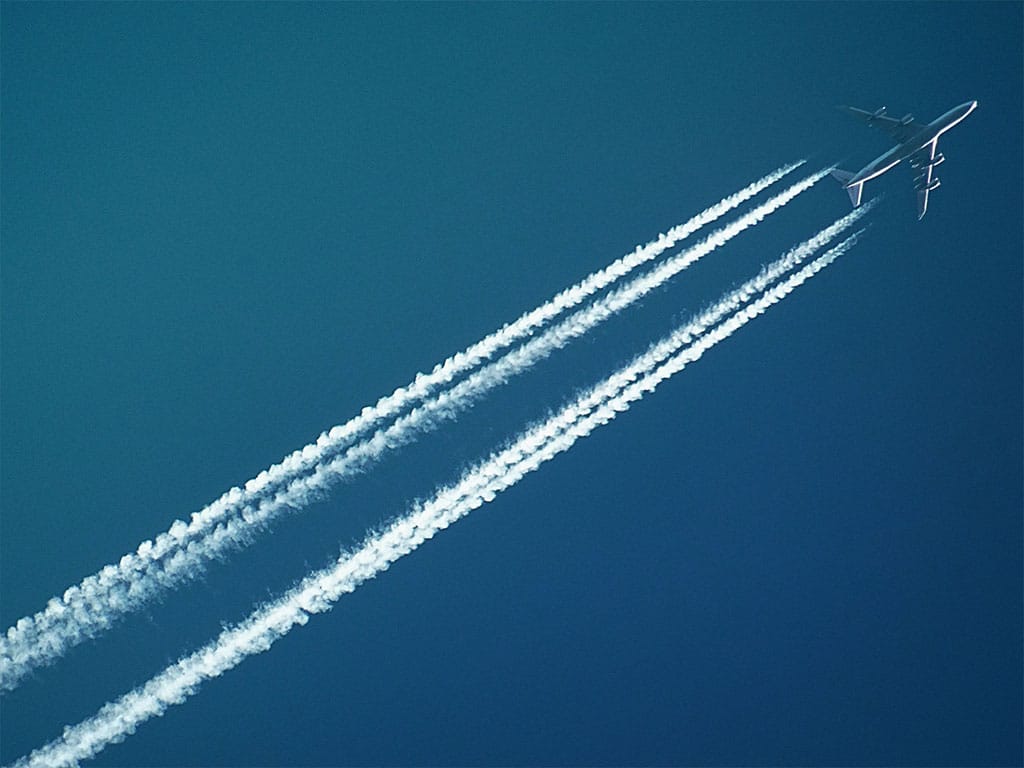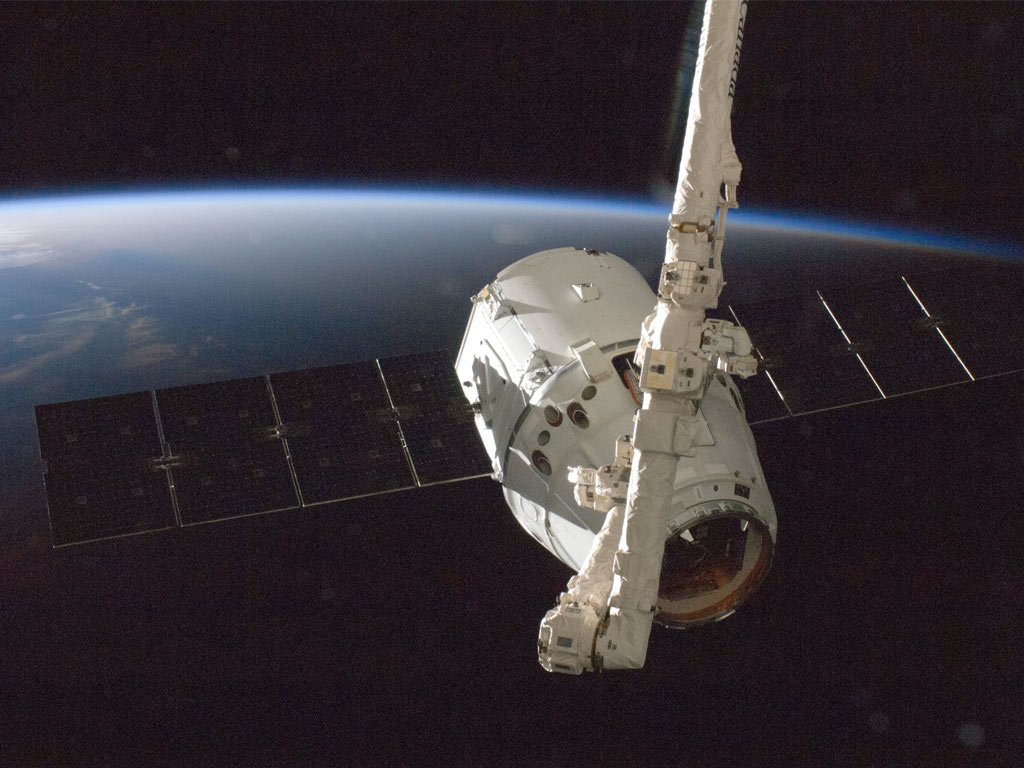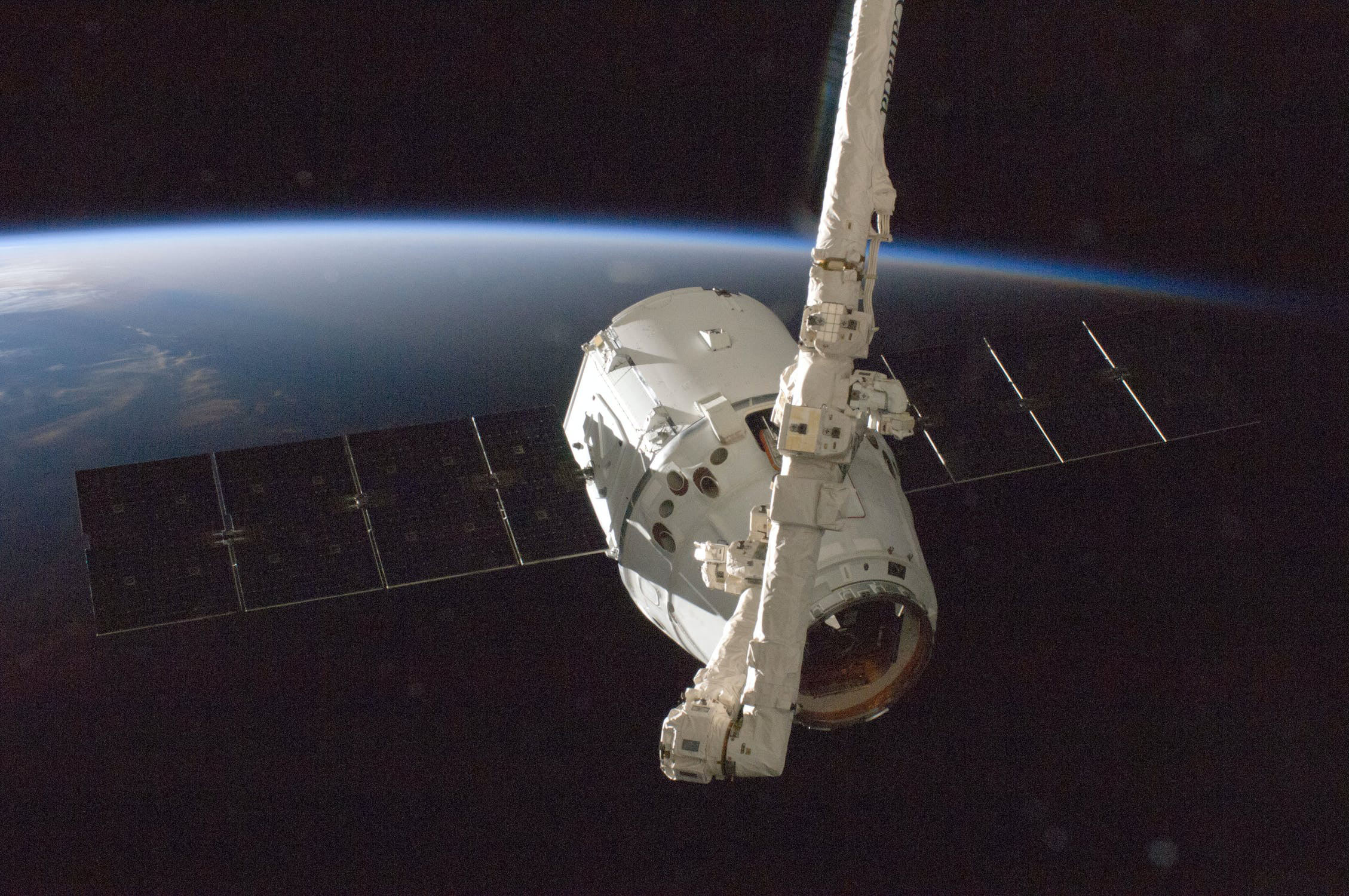Blue Origin, the aerospace company started and owned by Amazon founder Jeff Bezos, has filed several patents relating to the design of its rockets. Today, we are highlighting a 2019 patent application from the Kent, Washington-based firm that outlines a way to improve upon the most important component of any spacefaring vessel: its fuel tank. Specifically, a system that delivers accurate, reliable fuel readings despite the massive forces exerted on the liquid inside the tank.
Conventionally, rocket fuel tanks are lined with multiple, discrete wet-level sensors to gauge their levels. Blue Origin cites cost, installation, accuracy, reliability, and electrical complexity concerns with this system. The accuracy and reliability issues arise primarily from the fuel itself: it tends to slosh around while the rocket is in motion. Depending on the spacecraft’s mass, it is subjected to multiple forces in the millions of pounds. This is why rockets are designed with a circular principle in mind: less weight means less thrust required for liftoff, which means less fuel which means less weight. Because of this, the patent application mentions the infeasibility of installing baffles to prevent sloshing, since it would also add to the rocket’s mass.
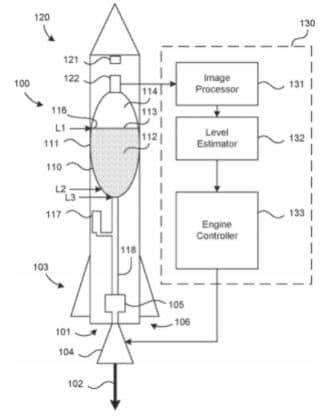
A partially schematic illustration of a rocket that includes a liquid detection system configured in accordance with embodiments of the present technology
Blue Origin suggests doing away with the wet-level sensors all together and replacing them with an image sensor, which can include a visible spectrum camera that identifies varying liquid levels within the tank. The camera would be tasked to capture an image that includes the edge between the liquid volume and the tank wall.
Captured images are sent to a level estimator. This program can identify fuel levels based on the known dimensions of the tank, the known position of the image sensor, and the known color characteristics of the liquid volume and the tank wall.
To improve the level estimator’s accuracy, captured images may also be sent to a slosh estimator. This program identifies the “slosh behavior” of the propellant in the tank, and this information can be used by the rocket guidance system to reduce or eliminate the effects of slosh. Since the movement of liquid fuel in the tank also risks altering a spacecraft’s trajectory, a forcing element, which includes a thrust vectoring engine carried by the rocket, is programmed to impart a force to at least partially counteract the effects of sloshing motions.
The estimates can then be conveyed to the engine controller and/or to other destinations, including other feedback devices, display monitors, databases, or indicators. An example of the engine controller in operation, according to Blue Origin, would be when it uses data from the level estimator saying the main tank is empty to shut the engine down. This sequence is meant to preserve the propellant volume in the landing tank for a subsequent landing operation.
The featured patent application, “Rocket tank liquid level determination, and associated systems and methods”, was filed with the USPTO on Mar. 12, 2019 and published thereafter on Sep. 12, 2019. The listed applicant is Blue Origin LLC. The listed inventors are Frederick W. Boelitz and Richard Jones.
